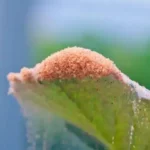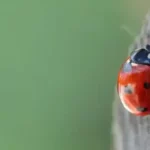Dealing with cucumber beetles in your garden can be frustrating. If you’ve ever found your cucumber plants struggling against these relentless pests, you’re not alone. Watching your hard work be damaged by these tiny invaders can be disheartening. In this guide, we’ll explore practical strategies for cucumber beetle control to help you protect your beloved crops and restore peace to your garden.
Here are five effective ways to control cucumber beetles:
- Row covers: Use floating row covers to physically block cucumber beetles from reaching cucumber plants, especially during the early stages of growth.
- Hand-picking: Regularly inspect plants for cucumber beetles and remove them by hand, particularly in the morning when they are less active.
- Beneficial insects: Introduce natural predators of cucumber beetles, such as ladybugs, lacewings, or parasitic wasps, to help control their populations.
- Trap crops: Plant trap crops, such as Blue Hubbard squash, to attract cucumber beetles away from main crops and reduce damage.
- Neem oil or insecticidal soap: To control cucumber beetles, use organic insecticides like Neem oil or insecticidal soap, following label instructions carefully.

As we delve deeper into cucumber beetle control, you’ll discover expert tips on identifying these pests, understanding their behavior, and implementing targeted solutions.
From natural remedies to preventative measures, we’ll cover a range of tactics to keep your garden thriving. Stay tuned to equip yourself with the knowledge and tools needed to overcome the cucumber beetle challenge and cultivate a flourishing garden ecosystem.
We’ll explore practical methods that will not only protect your plants but also nurture a thriving garden environment. Get ready to transform your garden into a haven of growth and abundance
Humble Highlights
- Discover how to take charge of your garden with these natural, practical, and eco-friendly strategies and methods so you can bid farewell to pesky cucumber beetles.
- Save money by protecting your cucumber patch from destructive beetles with these 3 vital pest management practices so you can seize back control from invading beetles.
- Save time by combining chemical, biological, and cultural methods to effectively manage cucumber beetle populations so you can minimize crop damage and ensure a healthier, more productive garden.
Identification Of Cucumber Beetles
To accurately identify cucumber beetles in your garden, look for small, yellow insects with blackheads and three distinctive black stripes along their backs. Both the striped cucumber beetle and the spotted cucumber beetle are common pests in gardens and fields. In shape and size, they closely resemble the humble ladybug.
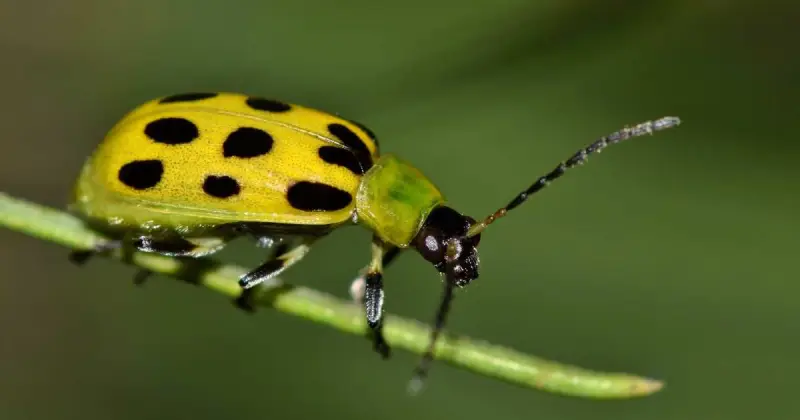
The larvae of these beetles are white and have a worm-like appearance, often found near the roots of plants. Cucumber beetles are known for transmitting diseases such as bacterial wilt and squash mosaic virus to vulnerable cucumber and squash plants. 1
Early detection is crucial, as these beetles can cause significant damage if left unchecked, especially among younger plants. Proper identification starts with implementing timely control measures. By recognizing their characteristic blackheads and three stripes, you can take proactive steps to protect your cucurbit crops from potential infestations and the diseases they may carry.
Regular monitoring and swift action upon detection are critical in effectively managing these troublesome pests. You’ll want to keep a watchful eye throughout the season to ensure cucumber beetle infestations don’t swell to unmanageable numbers.
Biology And Damage Of Cucumber Beetles
Cucumber beetles, whether striped or spotted, feed on roots, foliage, and fruit and cause significant harm to cucurbit plants. Striped cucumber beetles are particularly concerning as they can spread bacterial wilt, affecting crops like cantaloupe and muskmelons.
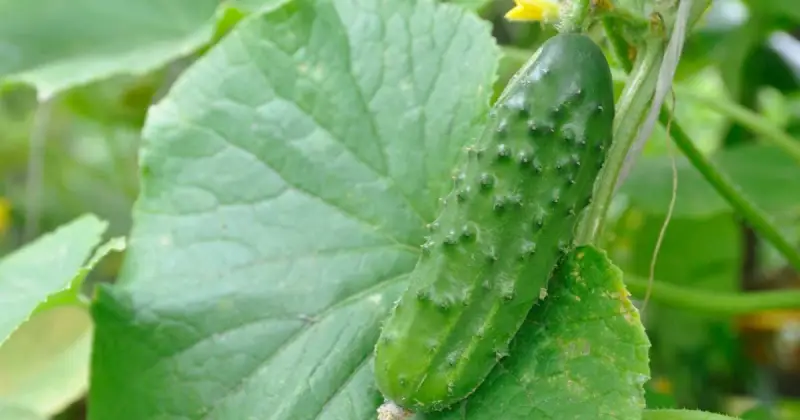
The larvae of these beetles tunnel through stems, leading to stunted growth and decreased fruit production. Adult beetles leave scars on the fruit, reducing the plant’s output and increasing the risk of diseases.
Early detection of cucumber beetle damage is crucial for effective control and avoiding crop losses. Understanding the biology of these pests is essential for developing strategies to minimize their impact. 2
Crop rotation can be a valuable tool in managing cucumber beetles by disrupting their life cycle and decreasing their population. You can safeguard your plants and ensure a successful harvest by staying alert and taking proactive measures to address cucumber beetle feeding damage.
Protecting Your Garden From Cucumber Beetles
Maintaining a clean environment is crucial when safeguarding your garden from cucumber beetles. Removing weeds and infested plants is vital in controlling beetle populations and essential in taking proactive measures.
Here are effective methods for protecting your garden:
- Utilize Trap Crops: Plant trap crops like Blue Hubbard squash or Yellow Crookneck squash to attract striped cucumber beetles away from your primary garden plants and reduce damage.
- Deploy Floating Row Covers: Use floating row covers early in the season as a physical barrier to prevent cucumber beetles from accessing and harming your crops.
- Implement Cultural Controls: Incorporate practices such as rotating crops and utilizing entomopathogenic nematodes to manage cucumber beetle populations in your garden naturally. 3
Although cucumbers are typically a resilient and carefree crop, they tend to suffer from cucumber beetle infestations, which, if left unchecked, can decimate your plants. Cucumber beetles usually attack the tender growth and flowers of the cucumber plant, disrupting your harvest later in the season. Check out the video below, which details 5 practical ways you can help your plants ward off these invasive pests.
Organic Controls For Cucumber Beetles
Implementing organic controls for cucumber beetles involves utilizing practical methods to manage and reduce beetle populations in your garden. Employing crop rotation disrupts the life cycle of cucumber beetles, decreasing their numbers over time.

Barriers like row covers physically prevent beetles from reaching your plants, protecting them without using chemicals. Planting trap crops such as Blue Hubbard squash can draw cucumber beetles away from your main crops, minimizing damage.
Mulching with organic materials creates an unfavorable environment for cucumber beetles while conserving soil moisture and suppressing weeds. Beneficial nematodes, ground beetles, and parasitoids help control cucumber beetle populations naturally. 4
Additionally, reflective plastic mulches, resistant cucumber varieties, and intercropping with other plants are also effective methods to deter cucumber beetles from infesting your garden.
By implementing these organic controls, you can effectively manage cucumber beetle populations and maintain a healthy garden environment.
Integrated Pest Management For Cucumber Beetles
Integrative pest management combines cultural, biological, and chemical control methods to effectively manage cucumber beetle populations in your garden. Implementing a complete approach is essential for controlling these pests and protecting your cucurbit plants.
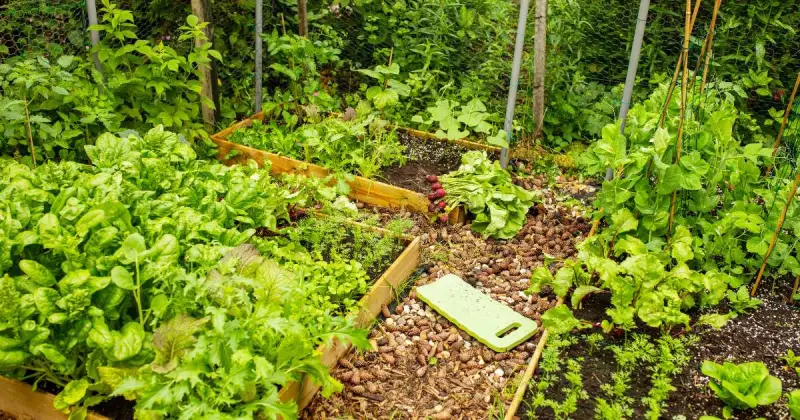
Here are some strategies to consider:
- Crop Rotation: Rotate your crops to disrupt the cucumber beetle life cycle and reduce infestations in your garden. 5
- Beneficial Insects: Introduce parasitic wasps and predatory beetles to control cucumber beetle populations naturally.
- Monitoring and Intervention: Regularly scout for cucumber beetle populations and use traps to monitor their levels. This allows for timely intervention to prevent extensive damage to your plants.
Some growers report that companion planting works wonders for protecting their cucumbers. Radishes, when sown and grown around the perimeter of your cucumber patch, seem to keep destructive cucumber beetles at bay and allow for consistent growth.
Conclusion
Taking proactive steps to manage cucumber beetle populations in your garden is crucial for safeguarding your cucurbits from harm and disease. You can effectively keep their numbers in check by recognizing these pests, learning about their behavior, and employing a combination of organic and integrated pest control methods.
Remember, early detection and swift action are vital in preserving a thriving garden environment. Protect your crops from these persistent pests and enjoy a bountiful harvest.
Have you succeeded with any of the methods mentioned above to ward off the destructive cucumber beetle? You may have an alternative choice that has worked well for you. Please take a moment to leave a comment below and let us know your success story!
SOURCES
- Wikipedia – Cucumber Beetle
- Oxford Academic, Journal Of Integrated Pest Management – Striped Cucumber Beetle And Western Striped Cucumber Beetle (Coleoptera: Chrysomelidae)
- University Of Minnesota, Extension – Cucumber Beetles In Home Gardens
- University Of Wisconsin-Madison, Extension And Research – Cucumber Beetles
- United States Department Of Agriculture – Crop Rotation Practice Standard

